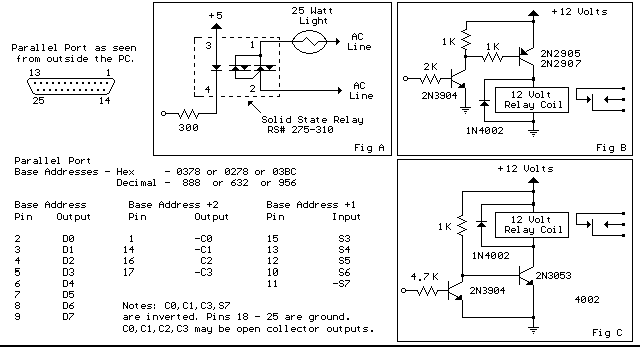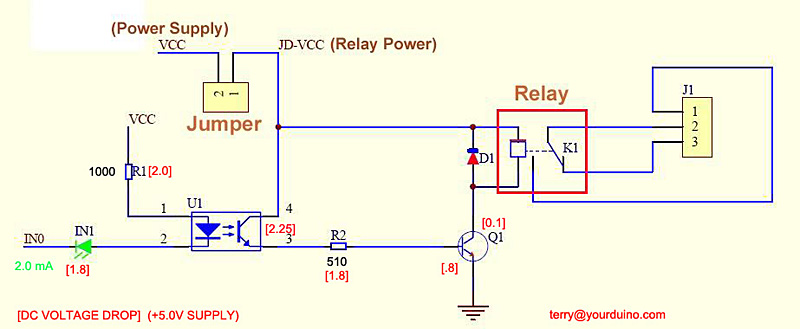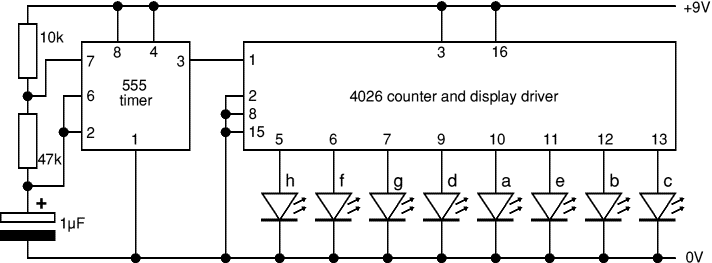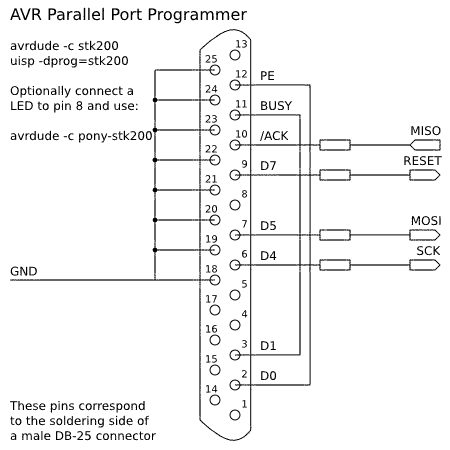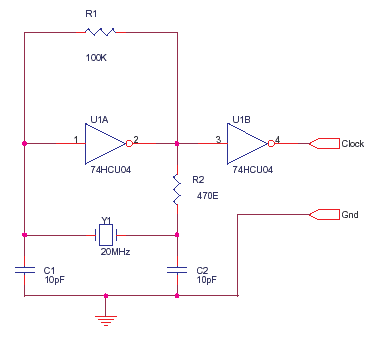
arduino leds in parallel switched with NPN transistors
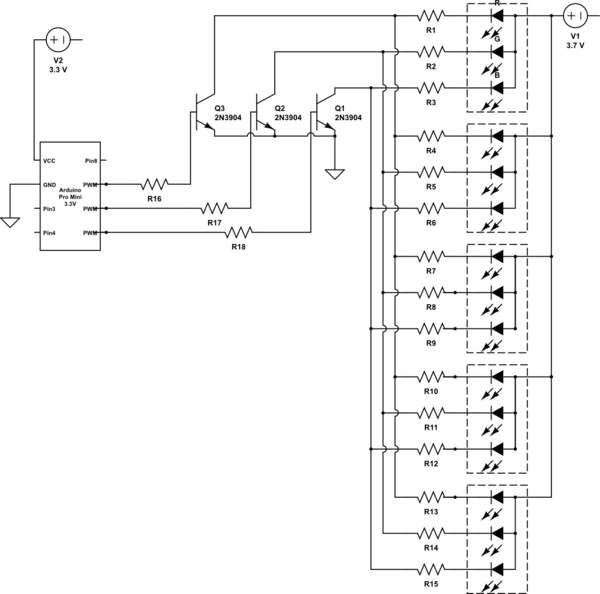
It is noted that the LEDs are not configured in parallel with the transistor. If they were, the LEDs would illuminate when the transistor is off. Instead, the LEDs are connected in parallel before entering the transistor. The transistor only perceives the cumulative current from the LEDs, which is n times the current through a single LED. Therefore, whether there are five 20mA LEDs in parallel or a single 100mA load, the transistor treats it as the same current load.
To achieve proper functionality in a circuit where LEDs are controlled by a transistor, it is essential to understand the configuration of the components. In this case, the LEDs should be connected in series with a current-limiting resistor to ensure that each LED receives the appropriate forward current. The transistor acts as a switch, controlling the flow of current to the LEDs based on its base current.
When configuring the circuit, the base of the transistor should be connected to a control signal through a resistor, which limits the base current to a safe level. The collector of the transistor is connected to the anodes of the LEDs, while the cathodes are connected to ground. This configuration allows the transistor to turn on and off, thereby controlling the current flowing through the LEDs.
The total current flowing through the transistor can be calculated by summing the currents through each LED. For example, if five 20mA LEDs are used, the total current would be 100mA when all LEDs are on. The transistor must be chosen based on this maximum current requirement to ensure it can handle the load without overheating or failing.
In summary, proper configuration of LEDs and transistors is crucial for reliable circuit operation. The transistor should be adequately rated for the total current drawn by the LEDs, and the LEDs should be arranged in a manner that prevents undesired illumination when the transistor is off. Understanding these principles will lead to a more effective design and improved performance of the electronic circuit.Just a nitpick, you don`t have the Leds in Parallel with the transistor. If you did, the leds would be on when the transistor is off. You have them in parallel going into the transistor. All the transistor sees is n times led current going through it. It doesn`t know if you have 5 20mA leds in parallel or one single 100mA load (per transistor). Passerby Apr 17 `13 at 7:52 🔗 External reference
To achieve proper functionality in a circuit where LEDs are controlled by a transistor, it is essential to understand the configuration of the components. In this case, the LEDs should be connected in series with a current-limiting resistor to ensure that each LED receives the appropriate forward current. The transistor acts as a switch, controlling the flow of current to the LEDs based on its base current.
When configuring the circuit, the base of the transistor should be connected to a control signal through a resistor, which limits the base current to a safe level. The collector of the transistor is connected to the anodes of the LEDs, while the cathodes are connected to ground. This configuration allows the transistor to turn on and off, thereby controlling the current flowing through the LEDs.
The total current flowing through the transistor can be calculated by summing the currents through each LED. For example, if five 20mA LEDs are used, the total current would be 100mA when all LEDs are on. The transistor must be chosen based on this maximum current requirement to ensure it can handle the load without overheating or failing.
In summary, proper configuration of LEDs and transistors is crucial for reliable circuit operation. The transistor should be adequately rated for the total current drawn by the LEDs, and the LEDs should be arranged in a manner that prevents undesired illumination when the transistor is off. Understanding these principles will lead to a more effective design and improved performance of the electronic circuit.Just a nitpick, you don`t have the Leds in Parallel with the transistor. If you did, the leds would be on when the transistor is off. You have them in parallel going into the transistor. All the transistor sees is n times led current going through it. It doesn`t know if you have 5 20mA leds in parallel or one single 100mA load (per transistor). Passerby Apr 17 `13 at 7:52 🔗 External reference
